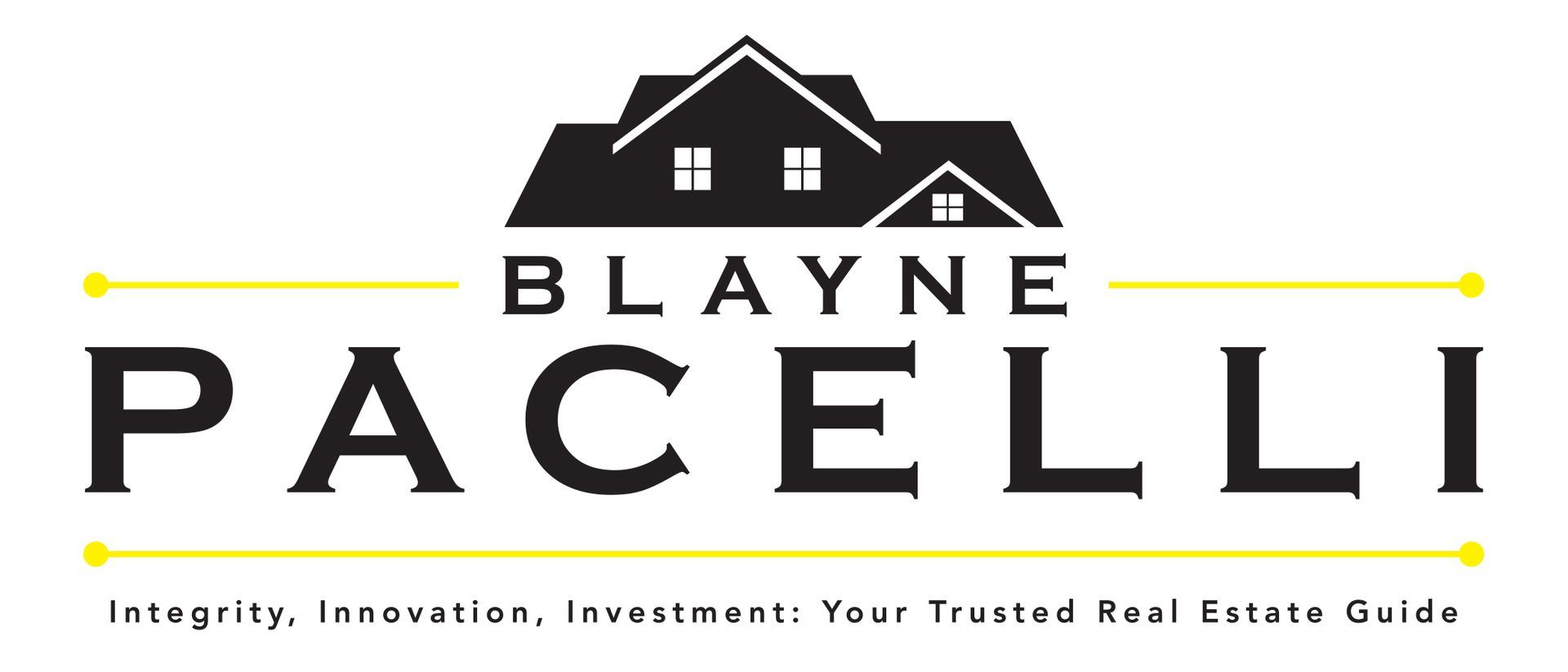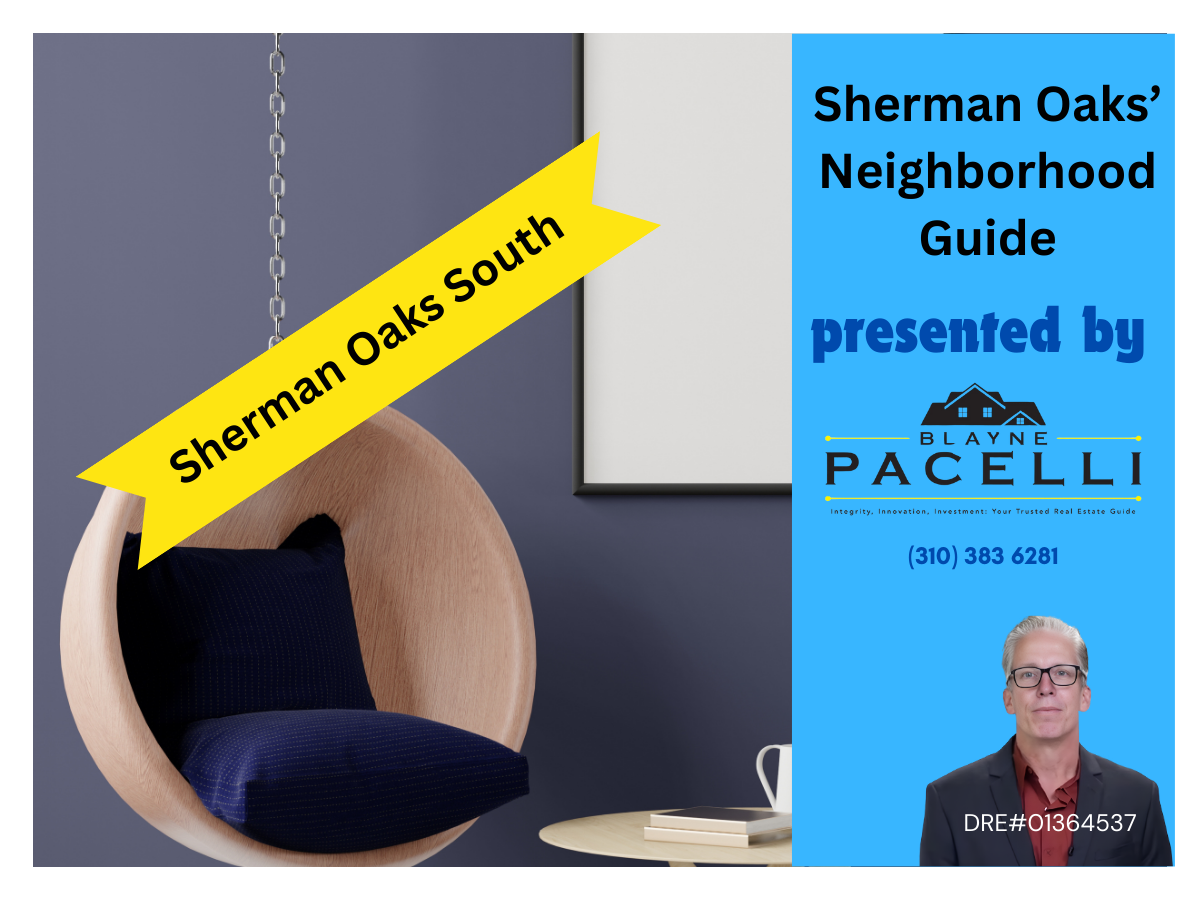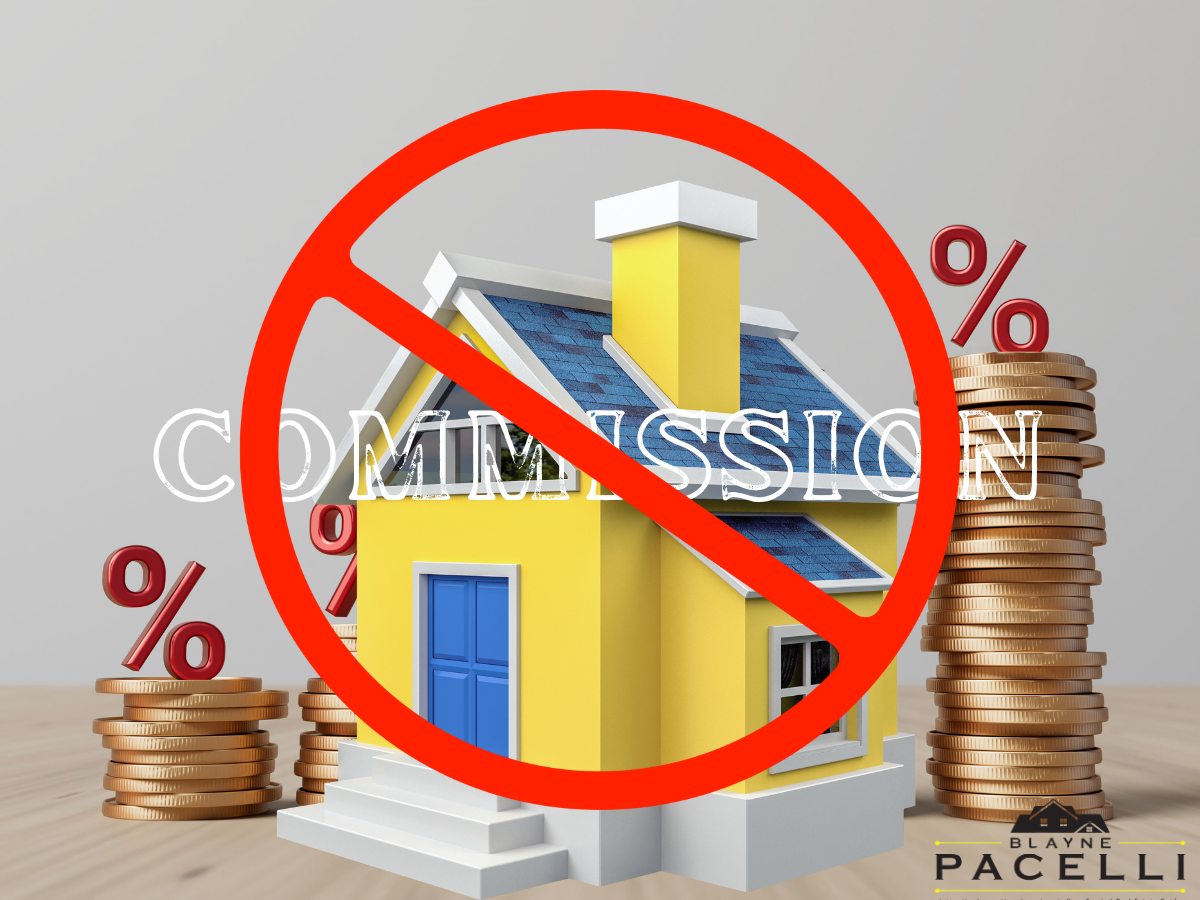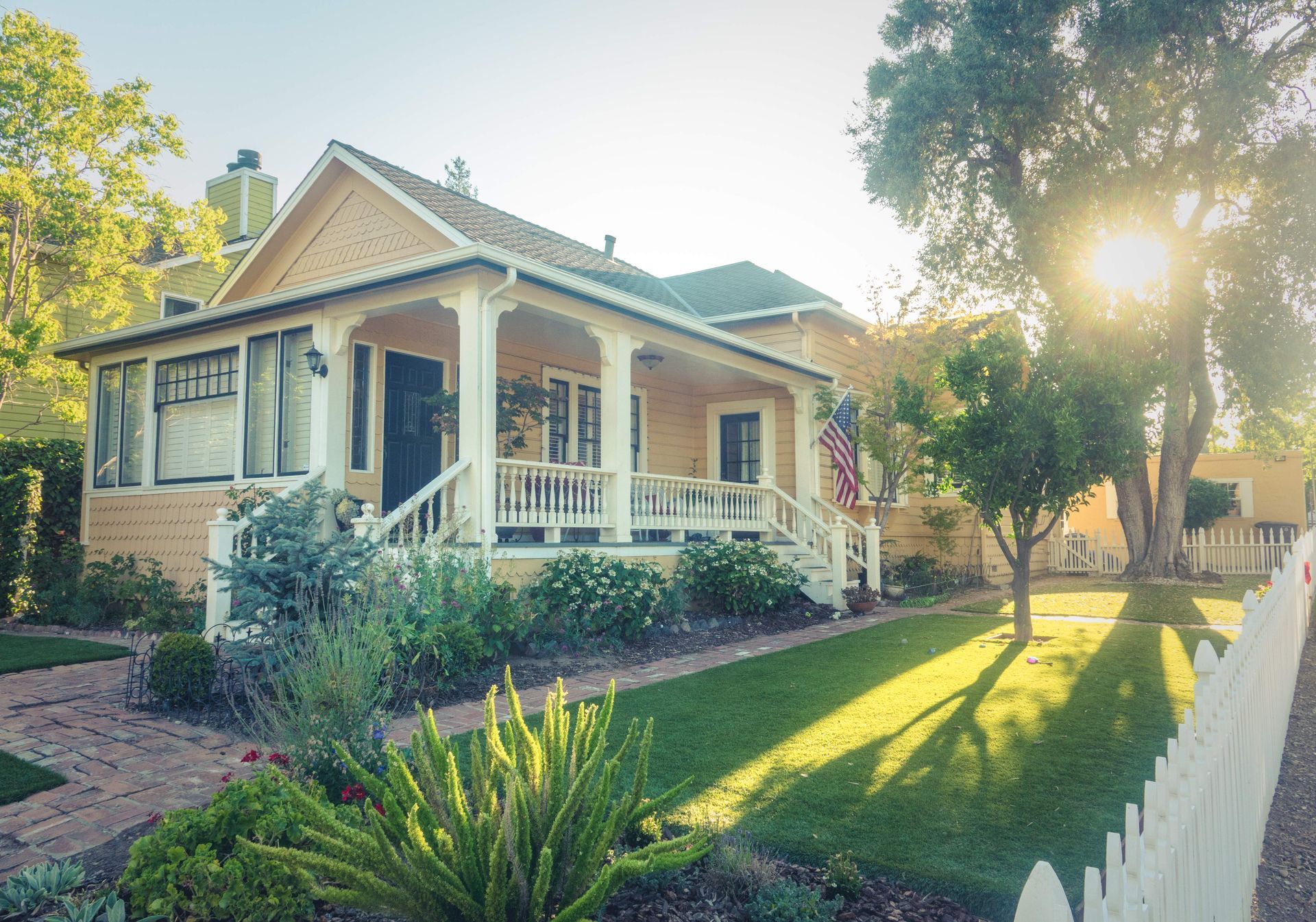Los Angeles Homeowners with Information on Tax Credits:
Achieving homeownership is a cherished part of the American Dream, representing not only financial stability but also a significant milestone in adulthood. Yet, the decision to purchase a home should be approached with thoughtful consideration. In this blog post, we will delve into the benefits and drawbacks of homeownership, as well as provide valuable insights into the process, with a focus on tax credits available to Los Angeles homeowners.
Advantages Of Homeownership
1. Investment Potential: Owning a home in Los Angeles can be a prudent investment. Unlike renting, every mortgage payment you make contributes to building equity in your property. Over time, your home is likely to appreciate, potentially yielding a substantial return on investment if you decide to sell.
2. Stability and Security: Homeownership offers a sense of stability and security. Renters are subject to the whims of landlords, who may choose not to renew leases. When you own a home, you have control over your living situation and can modify your property as needed.
3. Tax Credits: Los Angeles homeowners can benefit from various tax deductions, including those related to mortgage interest, property taxes, and certain closing costs. These deductions can significantly reduce your tax liability, putting more money back in your pocket and increasing your savings.
Disadvantages Of Homeownership
1. Responsibility and Maintenance: Owning a home entails a substantial responsibility for property maintenance, property tax payments, and ensuring timely mortgage payments. When issues arise, such as a roof leak or a malfunctioning furnace, it falls upon the homeowner to address these repairs.
2. Initial and Ongoing Costs: Purchasing a home in Los Angeles can be costly, involving expenses like a down payment, closing costs, and ongoing maintenance. Moreover, if you have a mortgage, you'll accumulate interest payments over the loan's lifespan, which can amount to tens or even hundreds of thousands of dollars.
3. Limited Flexibility: Homeownership ties you to a specific location. If circumstances necessitate a move for work or personal reasons, selling your home can be a protracted and costly process. In contrast, renting provides more flexibility and facilitates easier relocation.
Steps To Homeownership for Los Angeles Residents
1. Establish Your Budget: Prior to embarking on your home search, it is crucial to determine your budget. Take into account your income, expenses, and other financial obligations. Utilize a mortgage calculator to estimate the amount you can comfortably borrow.
2. Secure Mortgage Pre-Approval: Obtaining pre-approval for a mortgage offers a clearer understanding of your borrowing capacity and enhances your competitiveness as a buyer. Shop around for favorable rates and terms, and consider consulting a mortgage broker.
3. Find a Local Real Estate Agent: Collaborate with a reputable real estate agent who is well-versed in the Los Angeles housing market. An experienced agent can guide you through the process and help you identify properties that align with your requirements.
4. Begin Property Search: Armed with your budget, mortgage pre-approval, and a reliable real estate agent, you can commence your search for suitable homes. Be prepared to visit multiple properties and make offers on those that meet your criteria.
5. Complete the Home Purchase: Once you've identified your desired Los Angeles home, the closing process comes into play. This entails finalizing your mortgage, settling closing costs, and completing paperwork. Upon completion, you will officially become a homeowner.
Key Takeaways
In conclusion, homeownership is a substantial decision that warrants thorough deliberation. While there are both advantages and disadvantages to owning a home, for many Los Angeles residents, it represents a shrewd investment that offers stability and financial security. If you are contemplating homeownership, take the time to explore your options and collaborate with professionals who can expertly guide you through the journey.
Key Takeaways
If you are considering buying a home or buying a new home and selling your current Los Angeles home, please let me help you. Simply give me a call and I'll personally walk through the fastest and highest profitability home selling or buying strategy around.
If you'd like assistance in finding your perfect Los Angeles home, my name is Blayne Pacelli and I'd be happy to help. Contact me today!











